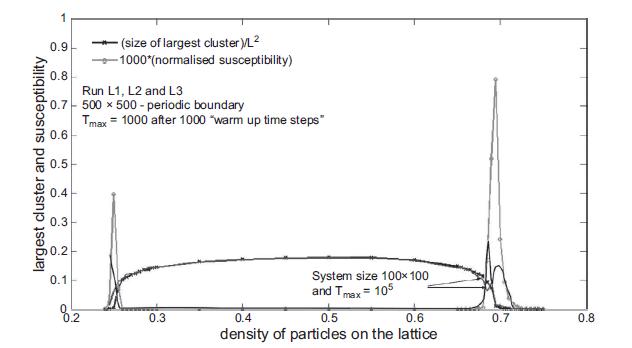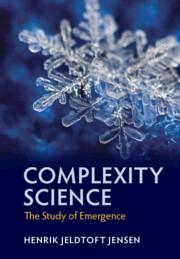Consider a set of particles on a two-dimensional square lattice of linear size L. The particles interact
Question:
Consider a set of particles on a two-dimensional square lattice of linear size L. The particles interact through repulsive central unit forces with their nearest neighbours.
Double occupancy is not permitted. Hence a square is either empty or contains one particle. All particles are updated simultaneously by moving the particles to neighbour sites according to the vector sum of the forces they are subject to.
One can define the dynamics as completely deterministic in the following way. If two particles want to move to the same site, the particle subject to the strongest force is moved, while in the case of equal forces no particle is displaced.
Or one can allowfor a stochastic element by choosing at random one particle amongst the particles that all want to move on to the same square.
Assume periodic boundary conditions.
(a) Write a code able to simulate the dynamics of the particles.
Define the dissipating squares as the square involved in the motion from one time step to the next. That is, say a particle is at position r at time t and then moves on to position r' at time t + 1. Both squares r and r ' belong to the set of dissipating squares at time t.
Now study the statistical properties of the dissipation by sampling over configurations separated by, say, L2 time steps.
(b) Write a code to study the distribution of cluster sizes.

Step by Step Answer:

Complexity Science The Study Of Emergence
ISBN: 9781108834766
1st Edition
Authors: Henrik Jeldtoft Jensen





